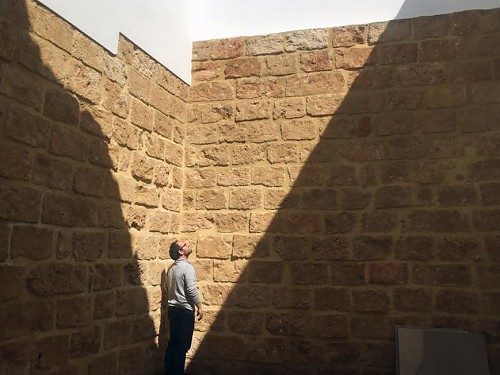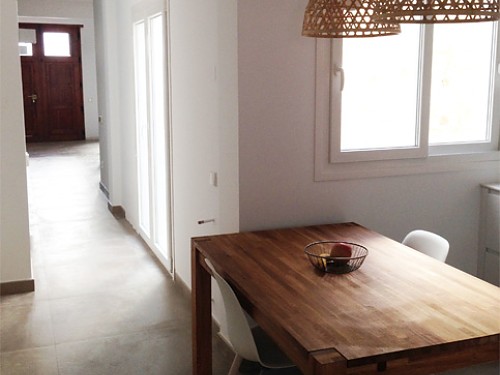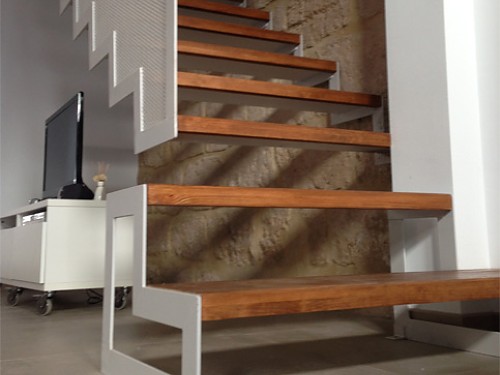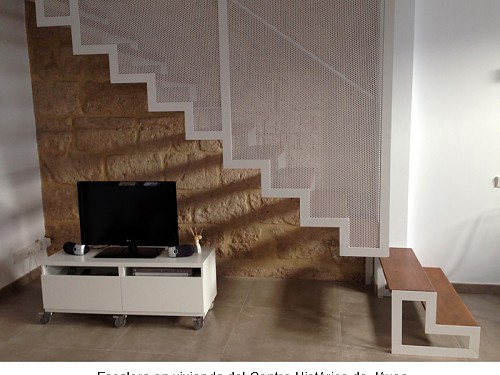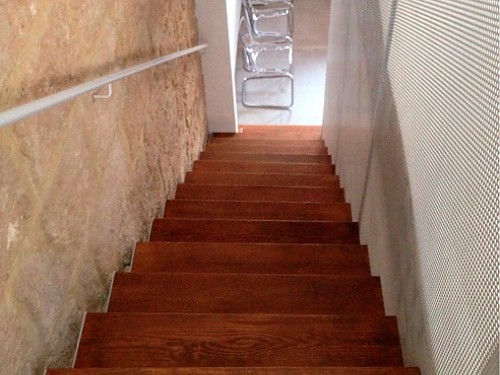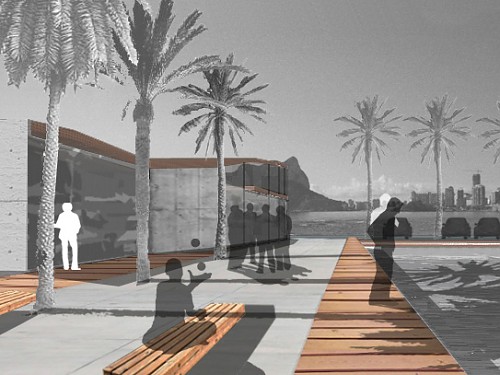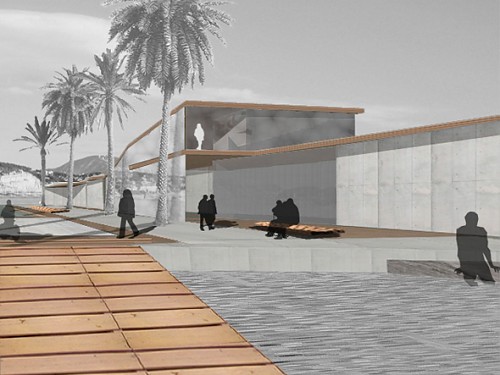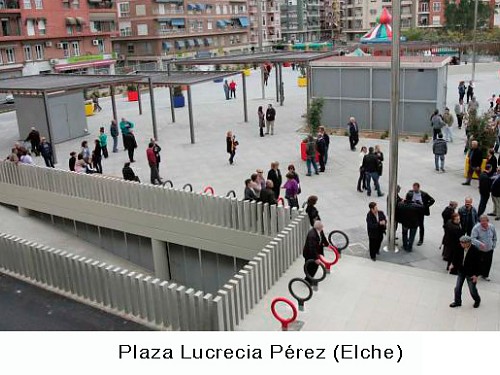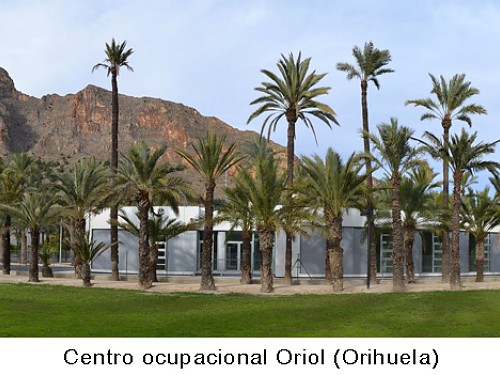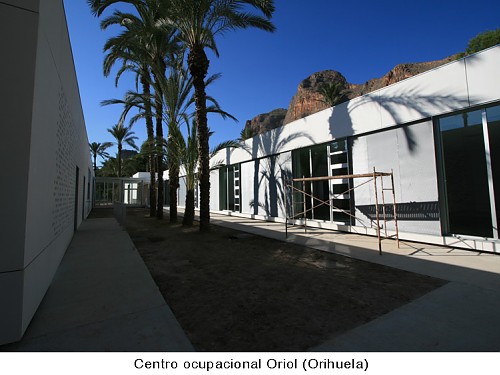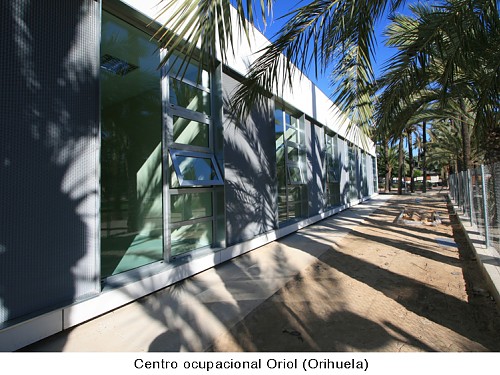Evaristo Torres, architect: "Each project is always a challenge and the more constraints you have -tight budgets, load-bearing walls...-, the more interesting they are"
Born in Albatera (Alicante) and educated academically at the Polytechnic University of Valencia, Evaristo Torres has been living in Jávea for a few years. Here he continues to develop his career as an architect, which he complemented in 2012 with a Master's Degree in Environment and Bioclimatic Architecture (at the Polytechnic University of Madrid).
He has been part of the drafting teams of public projects such as the Oriol Occupational Center in Orihuela, sports facilities such as the redevelopment of the Les Bassetes port in Benissa and different urban projects such as the urbanization of the Lucrecia Pérez square in Elche.
After having collaborated with Lanterna 13, Gamma urban projects and Civis consultants and associates, he has currently set up his own studio. And he has lent himself to talk to us about the architecture in Jávea and many other things.
So that we situate ourselves: who are your three reference architects? Alive or dead? I will focus on the current scenario. I would say that from the point of view of landscape integration and subtlety in the details, those who have won the Prizker this year are a great reference: RCR Arquitectes, a rather modest studio in Olot that has really created a hallmark of architecture that has little to do with what we see in magazines today. I will raise my sights on the international scene: Renzo Piano, who is in charge of a studio with a very extensive career, shows great sensitivity to the place and the means used in his projects, also applying bioclimatic strategies in his architectures without great extravagances. And continuing on the international scene and although it is a completely different architecture from what we see here, the Sanaa Studio with Kazuyo Sejima is also a reference for me.
Personally, which is the greater challenge: a new house or a comprehensive rehabilitation of an old house? In rehabilitation you always find more challenges. I believe that each project is always a challenge and the more constraints you have (call them tight budgets or load-bearing walls) the more interesting they are.
In one of your latest projects in a house in the historic center of Jávea, the design of the staircase draws a lot of attention. The staircase was one of the engines of that project. The truth is that the housing program is something more or less conventional; but that staircase was a challenge, on the part of the owners and me. We wanted something singular that would have a presence in the house, that would articulate it and at the same time leave something light, little built and integrated into the house and its furniture. It is not yet fully finished as this staircase must become the main piece of furniture in that space. We can say that it is a multipurpose ladder.
The first thing I did in a house in the old town was to open a patio in the center to fill the house with light
These houses usually have little natural light and instead in this one you have managed to make it very bright. Normally town houses have a series of bays or bays that separate the sources of light and ventilation. What causes a dark house and in many occasions with humidity. The first thing I did in this house was to open a patio in the center so that the house could be filled with light. To the owner, Carmen, at first this patio seemed like a waste of space, but little by little it has been gaining character and now she is completely convinced of its need and use. In addition, in the patios of the house we find some tosca dividing walls that were incorporated into the project and gave the patio and the house in general the traditional character it needed.
Until a few years ago in Jávea the most common construction was the chalet inspired by the traditional riuraus. But from some time ago, villas with straight lines and large volumes have been prevailing. What do you think? My clients almost always prefer pitched roofs to flat ones, I guess looking for that traditional architecture. The riuraus have a bioclimatic sense that originally was exclusively for agricultural use and that over time has been adapted as a space for life that also works very well because of its thermal comfort and that is the reason that for years it has remained a model . At present this demand has decreased in favor of other aspects looking for larger and more resounding spaces. In my opinion, the houses should be integrated into the landscape, and the large volumes do not help this integration. In any case, Xàbia has good and bad examples of both types.
In my opinion, the houses should be integrated into the landscape, and the large volumes do not help this integration. In any case, Xàbia has good and bad examples of both types
Tell us about a house in Jávea that has you in love and why. The truth is that Jávea has a fairly large showcase of houses. In the old town there are several houses where I stop every day, I'm talking about town houses that now have much less luster than years ago, but I stop and think about the interventions that could be done on them, the mansions of the "pansa ”, on Avenida de Alicante for example, and one in particular that is next to the Justice of the Peace, the Casa del Torroner. A huge house with views of the Portal del Clot and the entire Bay that would be anyone's dream. Outside the town you can find everything, from Cala Sardinera (designed by Ramon Esteve) which has become a design icon or Manuel Jorge's little houses in Puchol. But the one I like the most is a booth that is located a few meters from Esteve's, with slightly more discreet views but which is in itself a magnificent sample of the rural architecture of the Marina.
In your opinion, what does Jávea have that makes people dream of building a house here? I was talking with a colleague recently that it seems that Xàbia has been touched with a wand. In addition to a bay with dream beaches, having a mountain with a natural park and a unique environmental richness that generates an excellent microclimate. In addition to that, it has an old town preserved like few others in the province that makes you want to stay. To all this we must add a considerable leisure and cultural offer for a town.
Jávea has an old town preserved like few others in the province that makes you want to stay
There are already several projects in which you have collaborated with Construcciones Cholbi. Would you recommend them? Of course. It has been very easy to work with them. In the development of the work, it is normal for frictions to arise between the different agents. With them these natural frictions have always been solved without problems and always with the benefit of the work as an objective. The seriousness and compliance with deadlines despite the different adversities that we have been able to encounter are an aspect to highlight from the Construcciones Cholbi team.
